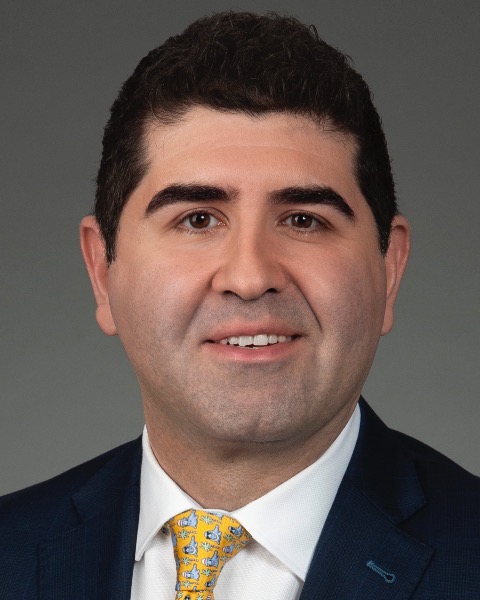SIR 2025
Embolization
Scientific Session
Safety and efficacy of pressure-enabled thyroid embolization (PTE): A Novel approach for patients with symptomatic thyroid disease

Sandra Gad
Medical Student
SGU, United States
Michael Mohnasky, MS (he/him/his)
Medical Student
UNC School of Medicine, United States- RT
Ralph P. Tufano, MD
Otolaryngologists
Sarasota, United States - AB
Angela T. Boldo, MD
Endocrinologist
Sarasota, United States 
Nima Kokabi, MD
Associate Professor of Radiology
University of North Carolina - Chapel Hill, United States
Juan C. Camacho, MD (he/him/his)
Clinical Associate Professor, Vascular & Interventional Radiologist
Florida State University, Radiology Associates of Florida, United States
Presenting Author(s)
Author/Co-author(s)
To evaluate the safety, feasibility, and early efficacy of pressure-enabled thyroid embolization (PTE) via the inferior thyroid arteries in patients with symptomatic thyroid disease.
Materials and Methods: Retrospective analysis of patients who underwent PTE using a pressure-enabled drug delivery (PEDD) device between May 2023 and July 2024. IRB approved HIPPA compliant data collection. Technical success was defined as successful embolization of the targeted thyroid lobe via an inferior thyroid artery only. Clinical success was measured as the absence of nontarget embolization, target volume reduction, and normalization of thyroid function when appropriate. Follow-up ranged from 2-weeks to 6-months. Patient characteristics, procedure details, and post-procedural imaging protocols were documented. Adverse events were scored according to the CTCAE v.5. Student’s t-test was used with statistical significance set at p< 0.05.
Results:
22 patients with an average age of 59.4 + 14 years (68% females) were treated with PTE via trans-radial access with 100-300 micron spheres. 10 patients (45%) underwent pre-planned unilateral embolization and 12 (55%) bilateral embolization. Etiology included 11 (50%) multinodular goiters, 6 (27%) toxic nodules/goiters, 3 (14%) pre-thyroidectomy, 1 (4%) Graves’ disease, and 1 (4%) solitary nodule. Technical and clinical success was achieved in all patients. 18 patients reported SIR grade 1 complications, which resolved within 2-weeks. There were no reported neurovascular complications. Symptomatic improvements were observed as early as 2-weeks. 71% of patients with hyperthyroidism became euthyroid. 6-month follow-up data was available for 16 patients, where the mean gland volume decreased from 177 + 112.6 mL to 51.3 +33.8 mL (p < 0.05), with a mean reduction of 71%.
Conclusion:
PTE is safe and feasible, with high euthyroid conversion rates and volume reduction. It eliminates the need for superior branch catheterization through carotid access, reducing the risk of ischemic stroke. Despite the small sample size and retrospective design, the results suggest promising improvements in symptom relief, volume reduction and functional tests. A multi-institutional study is planned to validate the findings.


.jpg)